Chocolate Mousse Dessert: A Simple Recipe for Beginners
Chocolate mousse is a timeless dessert that has delighted palates for generations with its luxurious texture and rich, chocolatey flavor.
Few desserts achieve such an elegant balance of simplicity and sophistication. Though its French origins lend it a sense of refinement, chocolate mousse is versatile enough to grace a formal dinner party or a cozy evening at home.
This recipe was inspired by a desire to capture the perfect harmony of airy lightness and decadent depth. Although the preparation may appear intricate, with a few essential techniques and a handful of quality ingredients, the results can be breathtaking. Each spoonful melts on the tongue, offering an indulgence that is both satisfying and surprisingly delicate.
Whether enjoyed alone, garnished with fresh fruit, or paired with a dollop of whipped cream, chocolate mousse is more than just a dessert—it’s a celebration of chocolate in its purest, most enchanting form.
This post will share the steps required to create a flawless mousse and tips for ensuring its signature silky texture. Prepare to impress yourself and others with this delightful dessert that never fails to please.
What Is Chocolate Mousse?
Chocolate mousse is a rich and creamy dessert made from chocolate, eggs, sugar, and sometimes cream, whipped together to create a light and airy texture. Its name, derived from the French word mousse, meaning “foam,” reflects its delicate and fluffy consistency.
Depending on the preparation method and proportions of ingredients, chocolate mousse can range from intensely rich and velvety to light and ethereal. At its core, the dessert showcases chocolate as the star ingredient, making the quality of the chocolate crucial for its flavor.
Variations often include liqueurs, coffee, or spices to enhance its complexity. Traditionally, chocolate mousse is prepared by melting chocolate and incorporating it with whipped cream or beaten egg whites, which provide its signature airiness. Egg yolks or cream can add smoothness and depth, while sugar balances the flavors.
Chilled chocolate mousse can be presented in elegant individual dishes, layered in parfait glasses, or used as a filling in cakes and pastries. Its versatility, combined with its indulgent nature, has made it a beloved classic in both home kitchens and fine dining establishments.
Bittersweet Chocolate Mousse with Fleur de Sel
This morning, I came across an intriguing article in The New York Times by Melissa Clark titled For Your Sweetheart, and More. The piece suggested a delightful idea: crafting an elegant stay-at-home meal as an alternative to dining out. Among the recipes shared was a dessert that immediately caught my attention—Bittersweet Chocolate Mousse with Fleur de Sel.
The concept sounded perfect for a romantic evening—or really, any occasion—but what truly surprised me was the ingredients. The mousse required only bittersweet chocolate, fleur de sel, and water.
Wait, water? Like many, I’ve always believed water and chocolate to be incompatible. Conventional wisdom holds that even a tiny drop of water can seize chocolate, disrupting its fat molecules and creating an unsalvageable mess. No way, no how, not ever.
Naturally, my curiosity was piqued. How could these two adversaries join forces to create a luscious chocolate mousse? Determined to understand, I dug into the science behind this unlikely combination. What I discovered felt like pure alchemy—a simple yet magical process transforming chocolate and water into an elegant dessert.
Hervé This
Hervé This is a French physical chemist who is primarily known for his work in the field of molecular gastronomy. Born on November 5, 1955, This has been instrumental in exploring the science behind cooking and the physical and chemical processes that occur during food preparation.
He coined the term “molecular gastronomy,” along with the late physicist Nicholas Kurti, to describe the scientific study of cooking. This field focuses on understanding the chemical and physical transformations that occur during culinary processes, such as cooking, emulsification, and gelation.
Hervé This has authored numerous books and scientific papers on the subject, and he is considered one of the pioneers in the field of molecular gastronomy. His work has helped bridge the gap between science and cooking, providing insights that have influenced chefs and food enthusiasts worldwide.
His Thoughts On Combining Chocolate and Water
Hervé This is known for exploring the science behind food preparation, including combining ingredients like chocolate and water. One of his notable findings regarding chocolate and water is the discovery that chocolate can indeed be melted using water alone, without adding fats like butter or cream.
Traditionally, chocolate is melted using a double boiler or microwave, often with the addition of butter or cream to create a smoother texture. However, This’s research has shown that by carefully controlling the temperature and technique, chocolate can be melted directly with water, resulting in a smoother and more intense chocolate flavor.
This’s work challenges conventional culinary wisdom and demonstrates the importance of understanding the scientific principles behind cooking techniques. His findings have influenced chefs and home cooks alike, offering new insights into how ingredients behave and interact during the cooking process.
Bittersweet Chocolate
Bittersweet chocolate is dark chocolate that contains a higher percentage of cocoa solids and less sugar than other chocolate types. It typically contains at least 35% cocoa solids, but the percentage can vary widely depending on the brand and specific product. Bittersweet chocolate has a rich, intense flavor with a slightly bitter taste due to its high cocoa content and minimal added sugar.
This type of chocolate is commonly used in baking and cooking and for making ganache, truffles, chocolate sauces, and other desserts. It provides a deep chocolate flavor and a smooth texture to recipes. Bittersweet chocolate is often labeled as “dark chocolate” in the United States, but it may have different names or classifications in other regions.
What About Fleur de Sel?
Fleur de sel is a type of gourmet sea salt that is prized for its delicate flavor, unique texture, and harvesting process. “Fleur de sel” translates from French to “flower of salt.” It is traditionally hand-harvested from salt evaporation ponds along the coastlines of certain regions, such as Brittany in France or the Guérande region.
Fleur de sel forms a thin, delicate crust on the surface of salt evaporation ponds when seawater evaporates under specific weather conditions, typically sunny, windy days. Skilled workers carefully skim the salt crystals off the surface, usually using wooden rakes, before they sink to the pond’s bottom. This harvesting method is labor-intensive and requires precise timing, contributing to fleur de sel’s reputation as a premium salt.
Fleur de sel has a distinct flavor profile characterized by its subtle brininess and mineral complexity. Chefs and food enthusiasts prize it for its ability to enhance the flavors of dishes without overpowering them. Fleur de sel is often used as a finishing salt, sprinkled on dishes just before serving to add a subtle crunch and a burst of flavor. It can be used to season various dishes, including meats, seafood, vegetables, salads, and even desserts.
Due to its artisanal production and unique characteristics, fleur de sel is considered a luxury ingredient and is typically more expensive than regular table salt or other varieties of sea salt.
Chocolate Mousse with No Eggs or Cream
Ingredients
- 10 ounces bittersweet chocolate roughly chopped
- Fleur de Sel salt to taste
- 1 cup water
Instructions
- Prepare an ice bath in a big bowl using ice and some water. Place a smaller bowl in the ice bath.
- Add the chocolate and water to a saucepan over medium heat. Whisk the chocolate and water until the chocolate is melted and smooth. This should take about 5 minutes.
- Pour the melted chocolate into the bowl sitting in the ice bath immediately. Continue to whisk the chocolate until thick, about 4 minutes.
- The chocolate should start looking like chocolate mousse in texture and appearance. You should be able to form a mound when dolloped with a whisk.
- If the chocolate does not thicken, add more chopped chocolate and reheat.
- Serve by spooning the chocolate mousse into individual serving cups and top with the Fleur de Sel salt.

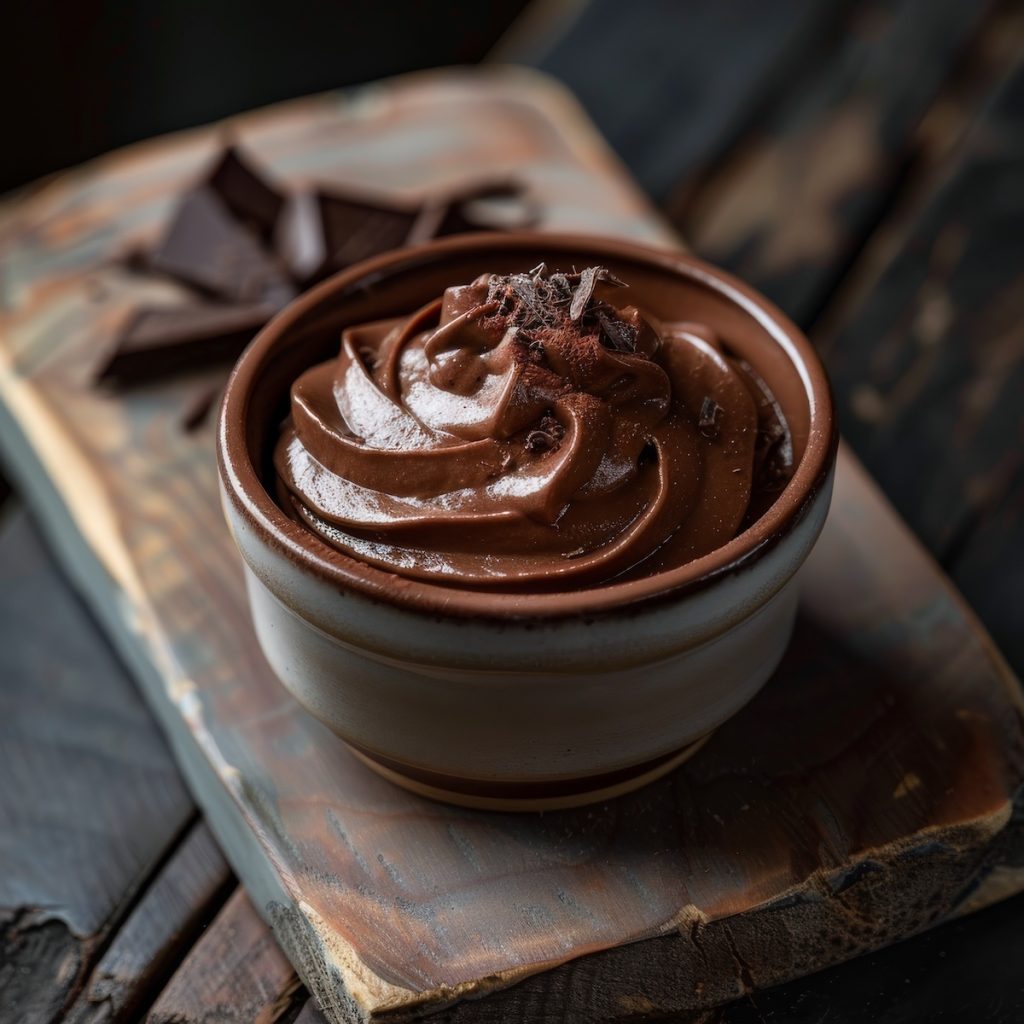

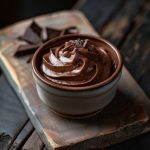
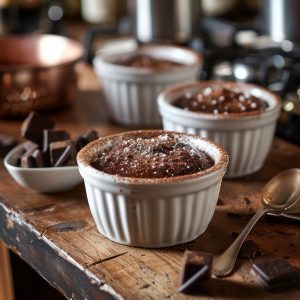
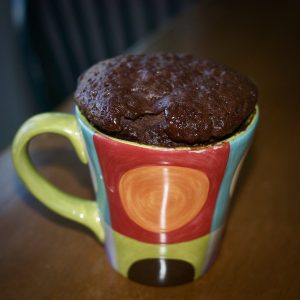

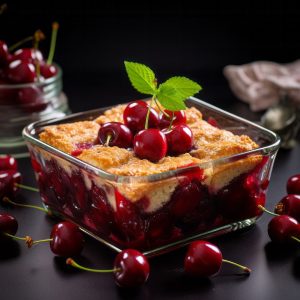

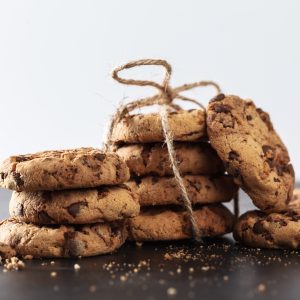

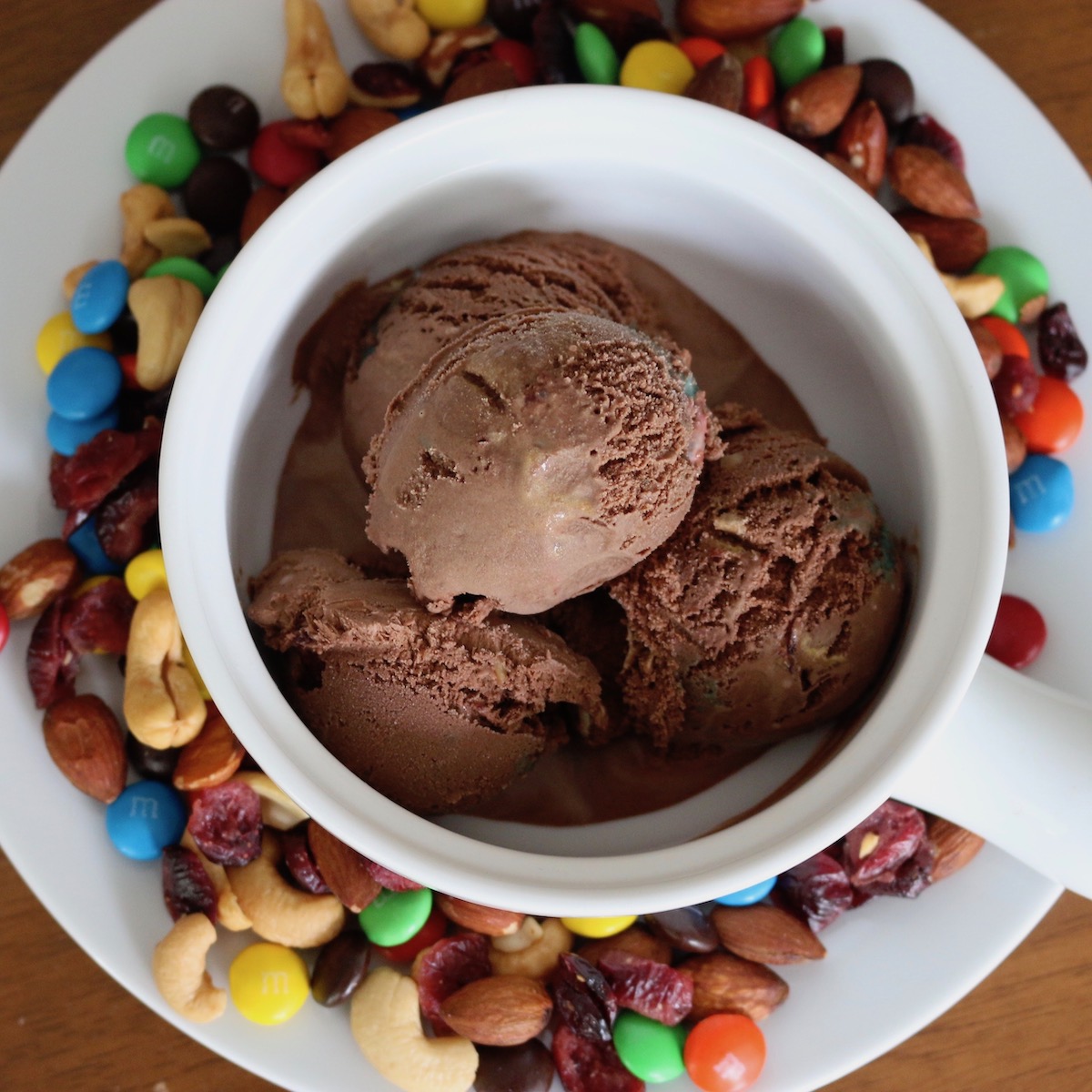


2 Responses
Stephen, Alton Brown did a similar recipe. If memory serves he added water and coffee then used a whip creamer that uses nitrous to add the “fluff”. I’m thinking of ordering one of the whip creamers. I’m just wondering if it will hold up like traditional mousse does. My thought is it wouldn’t work for making a mousse cake or other similar desserts due to instability.
I just made this today- was highly skeptical going into it but the end result is incredible!
I did however find that the 285 g chocolate called for is not enough if you’re using 1 c water. Initially I couldn’t get it to set up at all. I ended up re-melting the soupy result from my first attempt and adding more chocolate- it set up fine after that. I definitely recommend trying this out.